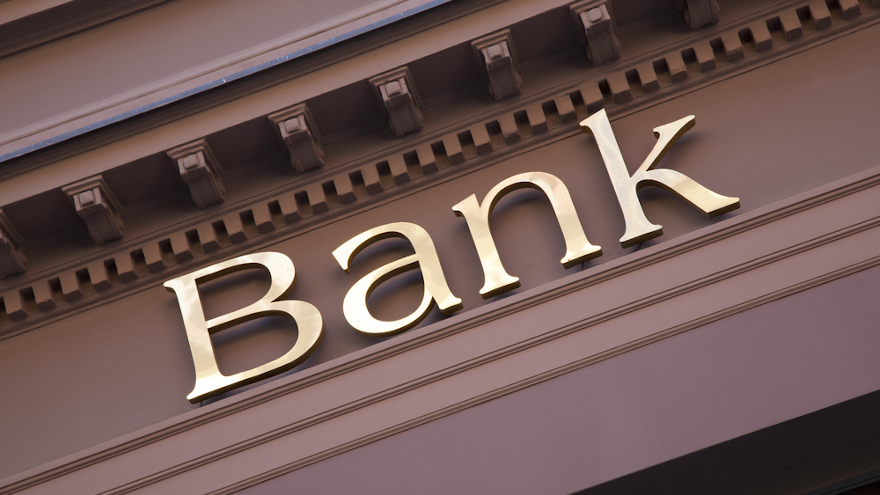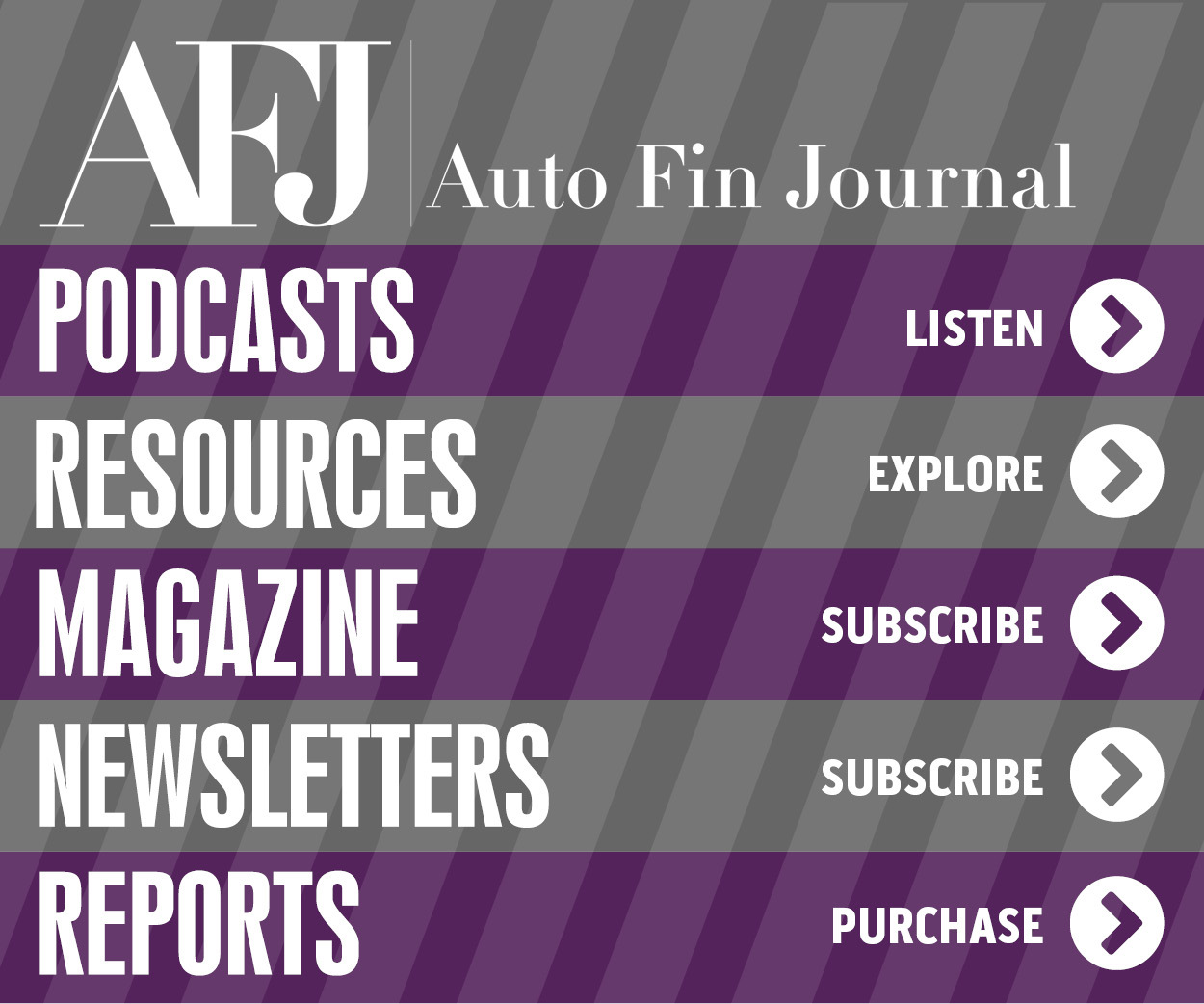COVID-19 intensifying customer-satisfaction challenges for banks

Image by Kevin George / Shutterstock.com
The COVID-19 pandemic and government measures to slow its spread are altering the way Americans bank, pay and shop on an unprecedented scale and with rapid speed, according to a survey recently released by financial services technology provider FIS.
J.D. Power pointed out that banks have been confronting a difficult paradox for the last several years. According to the J.D. Power 2020 U.S. Retail Banking Satisfaction Study, the most satisfied retail banking customers use both branch and digital services to conduct their personal banking, while the least satisfied are those who have a digital-only relationship with their bank and do not use branches.
But like so many businesses, the pandemic is forcing significant changes.
FIS surveyed more than 1,000 American consumers about the ways they are paying and banking amid social distancing and stay-at-home actions taken across the U.S. since the COVID-19 outbreak. The findings indicated that the pandemic has accelerated the digital transformation of banking and commerce, and that these adjustments likely will not be temporary but rather mark a new normal in consumer behavior in a post COVID-19 marketplace.
More than 45% of banked respondents stated they have changed how they interact with their bank since the outbreak of the pandemic. FIS explained these findings were true across all generations surveyed, with 46% of Baby Boomers, 39% of Gen Xers and 35% of millennials saying they are using new channels such as online and mobile to do their banking.
The FIS survey also found that consumers are flocking to mobile wallets and contactless payment methods to avoid the exchange of paper money or checks during the current pandemic. FIS mentioned 45% of survey respondents said they are using a mobile wallet of some type and 16% indicated they are now using paper-based currency less than before the pandemic.
Additionally, the survey showed 31% of respondents said they would use contactless or mobile wallet payments instead of cash and checks in the aftermath of COVID-19.
Other notable survey findings that FIS shared:
— Forty percent of survey respondents said they will shop online more in the future than in store
— Thirty-eight percent said they will rely on food delivery services and take-out more often than they did before the pandemic
— Sixty-five percent of respondents cannot meet financial obligations for longer than six months, notably 74% of millennials and 76% of Gen Xers say they do not have enough savings to last longer than six months
“The impact of COVID-19 has rapidly accelerated trends that we have been seeing for years in terms of banking and digital payments,” said Mladen Vladic, general manager of loyalty at FIS. “Once consumers begin using convenient new digital services, few tend to go back to their old habits, so we expect this to be the new normal going forward.
“We are now further along on our path towards becoming a cashless society in the U.S., and perhaps looking at the end of the paper check altogether,” Vladic continued in a news release. “These findings should be a wake-up call for organizations about the importance of taking a digital-first approach. Now is the time for banks and merchants to be reassessing customer experiences.”
FIS will be hosting a webinar to share further insights on the survey findings on June 24. Registration for the webinar can be completed on this website.
More details of J.D. Power banking survey
Officials released the J.D. Power 2020 U.S. Retail Banking Satisfaction Study before FIS’ survey results.
As the COVID-19 pandemic places constraints on in-person retail banking and forces customers to increase reliance on digital service channels, J.D. Power stressed that banks are facing an important test.
According to J.D. Power’s annual survey, 52% of retail bank customers classified as branch dependent before the COVID-19 pandemic. J.D. Power stressed that successfully transitioning these individuals to digital — without compromising customer experience — will be critical in the weeks and months ahead.
“With fewer customers visiting branches, it will be important for retail banks to replace the in-person service they would have provided with personalized services delivered instead through digital channels,” J.D. Power senior director of banking intelligence Paul McAdam said in a news release. “Given the technology available to banks, customer pain points with digital should be easy to address.
“Let’s keep in mind that digital retail banking was introduced 25 years ago,” McAdam continued. “Executing basic user-friendly functionality, providing a full range of services and offering easy ways to pay and move money are areas where banks could improve their digital offerings.”
McAdam went on to mention four other findings of the 2020 study, including:
— Pre-pandemic, branches still played major role: Prior to the COVID-19 pandemic, 52% of retail bank customers were classified as branch dependent, meaning they either used the branch exclusively (10% of customers) or used a combination of branch visits, online and mobile banking service (42% of customers) during the past three months. Branch-dependent customers visit a branch an average of 1.5 times per month. Following 25 years of bank investment in providing and upgrading digital offerings and customers’ increased adoption of them, 30% of bank customers now do their banking in a digital-only manner and do not use branches.
— Digital-only customers have lowest levels of satisfaction: Overall customer satisfaction with retail banks tends to decline as customers transition away from the branch and to digital-only banking relationships. The overall satisfaction score among branch-dependent bank customers is 824 (on a 1,000-point scale), which is 23 points higher than the score among digital-only customers. That satisfaction gap is widest (31 points) among members of Generation Y.
— Big banks lead midsize and regional banks on digital engagement: What J.D. Power calls the Big 62 banks currently have a jump on regional and midsize banks to build digital engagement. Prior to the pandemic, 49% of big bank customers had high levels of digital engagement, compared with 41% of regional bank customers and 36% of midsize bank customers.
— Person-to-person payment integration emerges as wild card for bank customer satisfaction: Satisfaction is significantly higher among customers who have linked their bank accounts to digital payment services (such as Zelle, Apple Pay, PayPal, Venmo) than among those who have not. Among person-to-person payment providers, direct integration with Zelle generates the highest boost in bank customer satisfaction.
The J.D. Power study measures customer satisfaction with banks in 11 geographic regions. Highest-ranking banks and scores, by region, are as follows:
California Region: Chase (825)
Florida Region: Chase (851)
Mid-Atlantic Region: S&T Bank (871)
Midwest Region: First National Bank of Omaha (847)
New England Region: Bangor Savings Bank (863)
North Central Region: City National Bank (WV) (857)
Northwest Region: Columbia Bank (837)
South Central Region: Arvest Bank (863)
Southeast Region: United Community Bank (862)
Southwest Region: Arvest Bank (851)
Texas Region: Frost Bank (863)
The U.S. Retail Banking Satisfaction Study, now in its 15th year, measures satisfaction in six factors (listed in alphabetical order): account opening; communication and advice; channel activities; convenience; problem resolution; and products and fees. Channel activities include seven subfactors (listed in alphabetical order): ATM; assisted online; branch; call center; IVR; mobile; and website.
The study is based on responses from 91,950 retail banking customers of 182 of the largest banks in the United States regarding their experiences with their retail bank. It was fielded from April of last year through February.
J.D. Power explained big banks are defined as banks with more than $250 billion in domestic deposits. Regional banks are institutions with $55 billion-$250 billion in domestic deposits, and midsize banks are organizations with less than $55 billion in domestic deposits.


